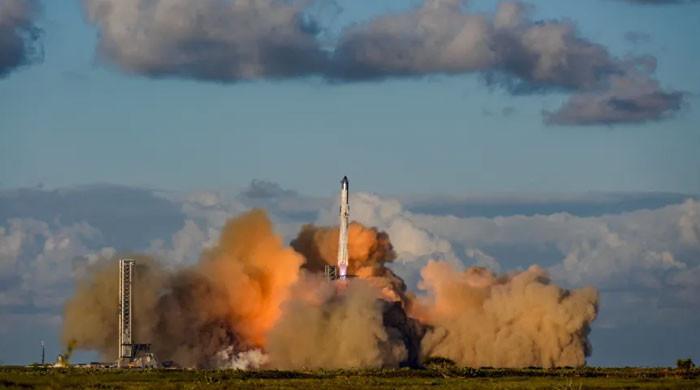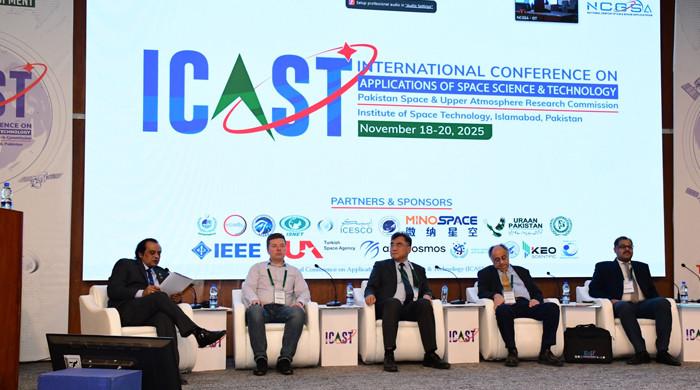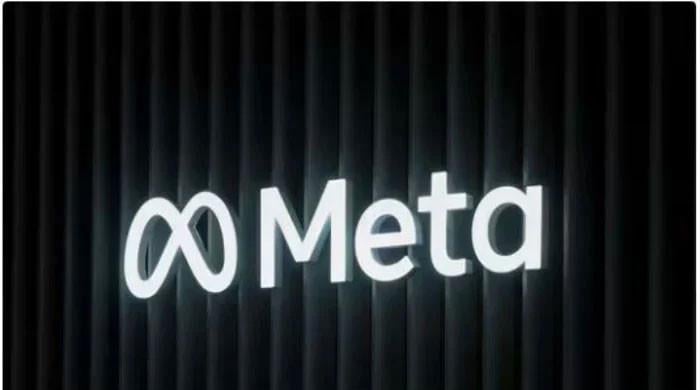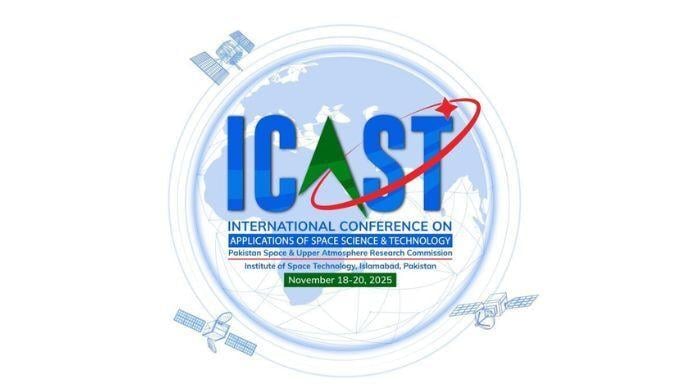Nasa reveals long-awaited UFO report: Here is what it says
The report doesn't provide conclusive evidence of extraterrestrial life
September 14, 2023
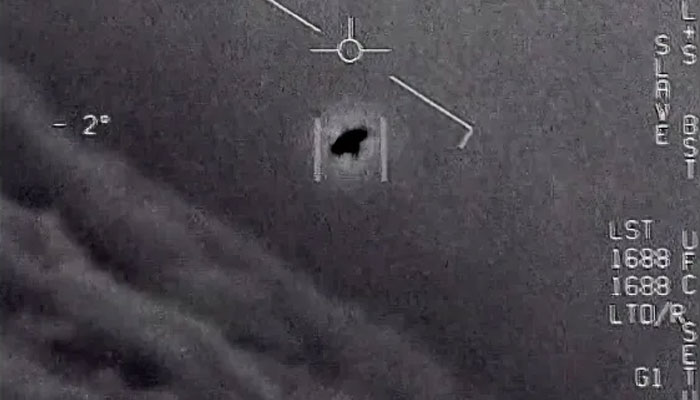
Nasa's long-anticipated report on Unidentified Anomalous Phenomena (UAPs), commonly known as UFOs, has arrived, shedding light on what the space agency has learned from its investigation into hundreds of UFO sightings.
While the report doesn't provide conclusive evidence of extraterrestrial life, it does offer important insights and outlines Nasa's approach to investigating UAPs using advanced technology and artificial intelligence.
No definitive proof of alien existence
The report concludes that no concrete evidence suggests that extraterrestrial sources are responsible for the numerous UAP sightings Nasa has examined.
However, it does acknowledge that the objects under scrutiny would have had to travel through our solar system to reach Earth, leaving open the possibility of "potential unknown alien technology operating in Earth's atmosphere." This cautious stance highlights the need for further research and investigation.
Data limitations
A significant challenge in studying UAPs, as noted in the report by Nicola Fox, the associate administrator for Nasa's Science Mission Directorate, is the limited availability of high-quality data. Despite the numerous reported UAP sightings, there is often insufficient data to draw definitive scientific conclusions about their nature and origin.
To address this issue, Nasa has appointed a new director of UAP research, tasked with establishing a comprehensive database for future data evaluation. This effort will leverage artificial intelligence (AI) and machine learning for data gathering and analysis.
Response to viral 'alien' photos
During the briefing, a BBC reporter inquired about a series of photographs that were presented to Mexican authorities by a self-proclaimed UFO expert, Jaime Maussan. These images depicted purported extra-terrestrial corpses, which Mr. Maussan claimed were ancient and non-human.
Nasa scientist Dr David Spergel emphasised the importance of making such samples available to the global scientific community for examination.
New secret UFO research director
While Nasa has committed to greater transparency in its UAP research, the identity of the new director of UAP research remains undisclosed. This decision is partly due to concerns about public harassment and security threats.
Dr Daniel Evans, Nasa's Assistant Deputy Associate Administrator for Research, revealed that members of the UAP research panel have faced genuine threats, prompting Nasa to prioritise the safety of the team by not divulging the director's name.
AI and crowdsourcing as essential tools
Nasa's report emphasises the significance of artificial intelligence and machine learning as essential tools for identifying and studying UAPs.
Additionally, the report underscores the role of the public as a critical component in understanding these phenomena. Nasa recognises that a lack of data is one of the primary challenges in comprehending UAPs and intends to address this gap through crowdsourcing techniques.
This initiative includes the development of open-source smartphone-based apps and the collection of smartphone metadata from citizen observers worldwide. The report acknowledges the absence of a standardised system for aggregating and organising civilian UAP reports, resulting in incomplete and sparse data.
In conclusion, Nasa's report underscores the need for continued research into UAPs, acknowledging the potential implications of unknown phenomena in Earth's atmosphere. While it does not definitively confirm the existence of extraterrestrial life, it highlights the importance of advanced technology, AI, and public engagement in unravelling the mysteries of UAPs.


